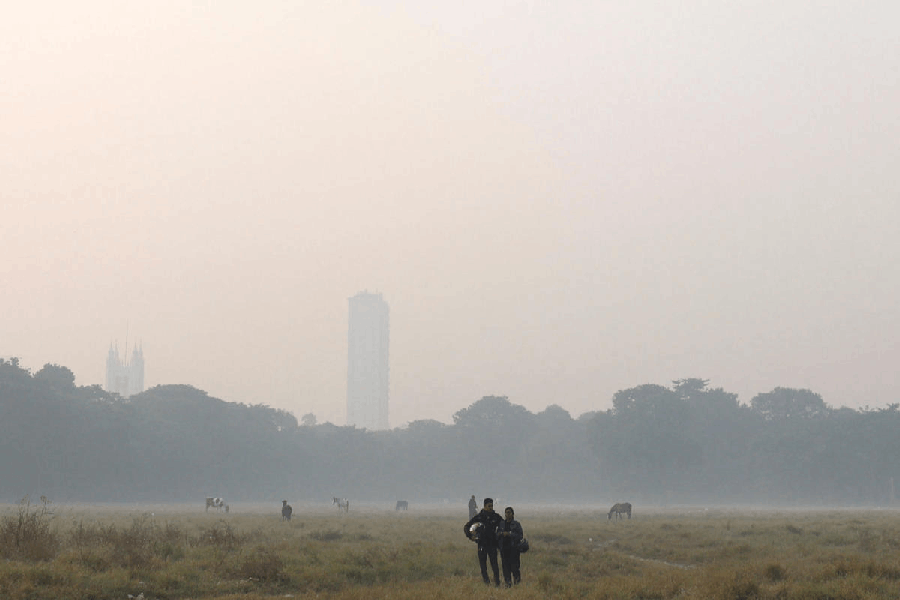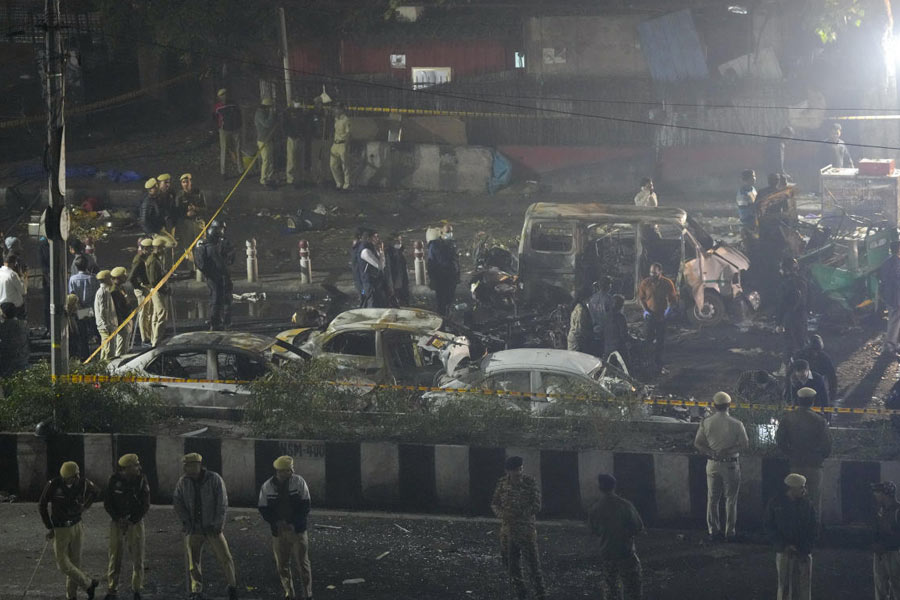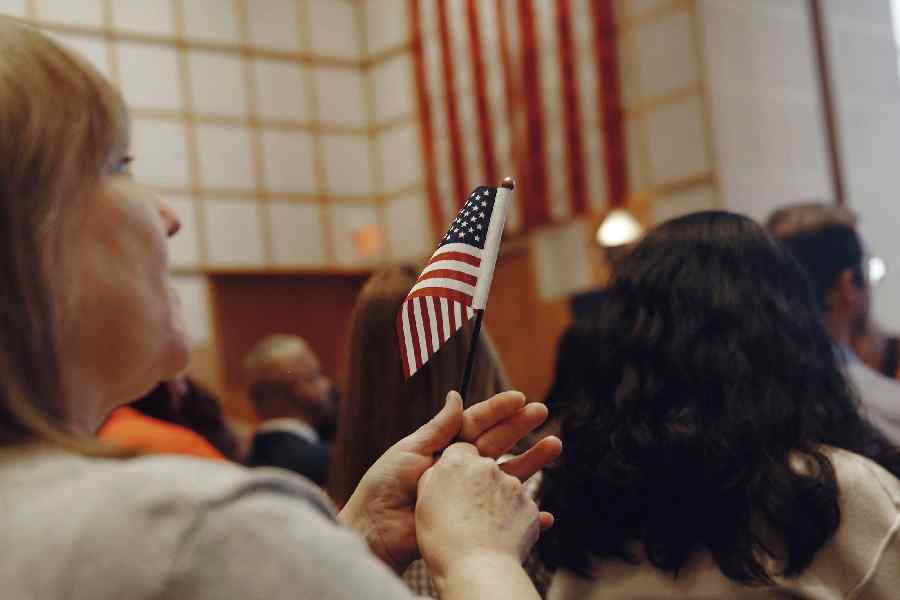 |
Former railway employee
The other side of the rath yatra is the mishaps that occur during the festival. In the past, there have been several cases of people falling and being crushed under the huge wheels of Lord Jagannath’s chariot due to damaged axles and wheels.
Franciscan missionary Friar Odoric, who visited India in the 14th century, wrote in detail about the huge chariot of Lord Jagannath and how the devotees threw themselves at the chariot wheels. That’s how the word “juggernaut” was coined.
Talking of such accidents, the railways have played an important role in preventing them in its own way. In 1960, while the chariots were rolling on Bada Danda (Grand Road), one of them got entangled with an electric pole resulting in a damage to its axle. It was a tough time for the collector of Puri, who prayed to Lord to solve the problem.
By sheer coincidence, V.T. Patel, a senior divisional mechanical engineer of South Eastern Railway, based at Khurda Road, was among the devotees watching the rath yatra. He approached the collector and offered to repair the damage with the help of a screw jack and some railways mechanical staff members.
Within a few hours, the entangled chariot was freed from the electric wires and the broken axle and damaged wheels were repaired and the chariot moved forward. The devotees, pilgrims and the entire crowd and administration praised V.T. Patel and his staff.
The public knew about the train, the roaring whistle of its engine but did not know about the engineer and engineering technique of the railways. From that year onwards, the collector of Puri requests the railways administration every year to depute the required mechanical staff and supervisors with screw jacks and tools to ensure the safe movement of the chariots. The railways administration acknowledges the service as rath seva.
A team of 30 railways artisan staff and two supervisors of the coaching depot, Puri, are engaged exclusively during the period of rath yatra. Their services are utilised for shifting the chariots and its repair before car festival, movement of chariots in both the car festival and the return car festival. Nearly 20 to 25 screw jacks with the capacity 15 to 25 tonne and different carriage and wagon tools are utilised in this work.
The three chariots of Lord Balabhadra, Goddess Subhadra and Lord Jagannath built and placed in front of the singha dwara of the main temple (Shree Mandir) are to be relocated to proper location one day before the day of rath yatra. The railway employees start their work in the afternoon and carry on till the early hours next morning to traverse chariots to the encoded identified places, keeping the proper gap between the chariots and their alignment. Every care is taken to ensure that there is no damage caused to the wooden parts of the chariot.
It is customary to pull the chariot only in the forward direction and the same is maintained without any difficulty and without consuming excess time with the help of the railway coaching staff and their accessories. On the rath yatra, the entire team of supervisors and staff with tools and implements follow the movement of all the three chariots till these reach the Gundicha temple. When the devotees pull the chariots, sometimes the chariots get deviated and follow a different trajectory. The carriage and wagon staff is then used to shift the chariot to its proper location to facilitate further movement. After reaching Gundicha temple, the chariots are checked to see if there is any damage to axles, wheels and other load-bearing parts of the chariots. In case of any damage, the railwaymen lift the chariot by supporting jacks so that the carpenters can carry out the repair work.
Similarly, at the southwards rotation called dakhinayana of the chariots at Nakachana Gate on Saptami day, the railways artisan staff assist in the movement and proper placement of the chariots by virtually lifting the chariots 15 feet away and keeping the three chariots at the gap of 2 feet in the well-demarcated places by the help of traversing jacks. On the day of bahuda yatra (return car festival) the chariots are drawn towards the main temple. During the course of movement, the railway staff carries out similar works as done during the onward movement of the chariots.











